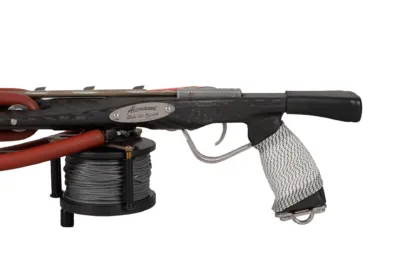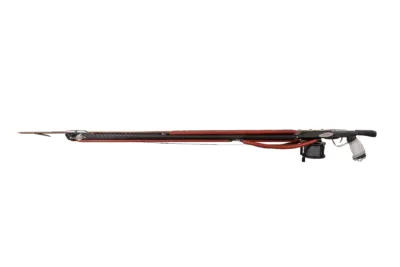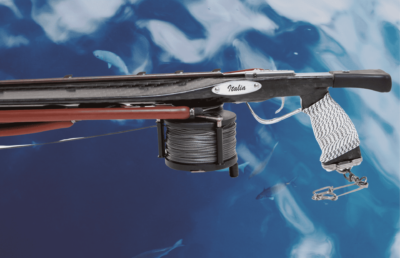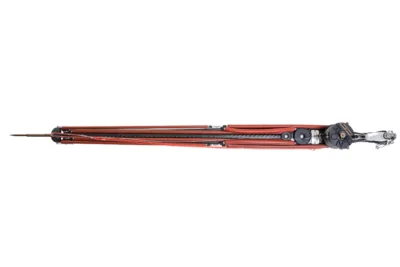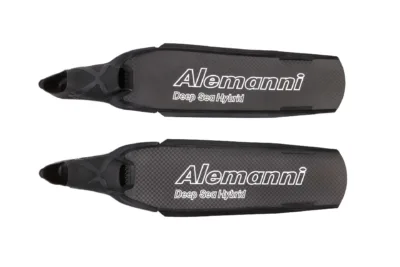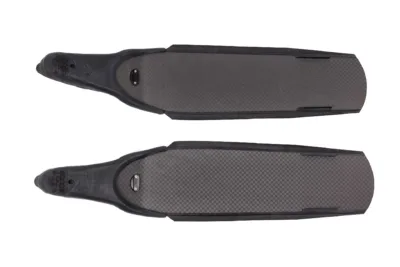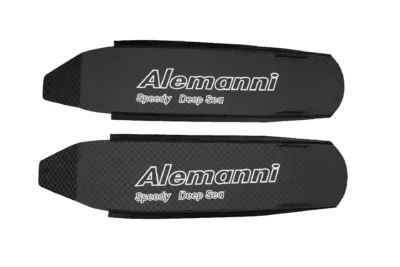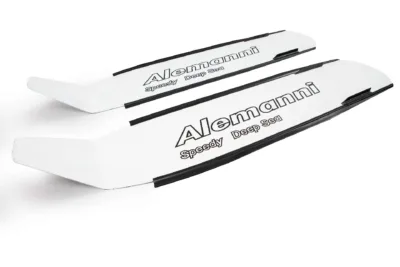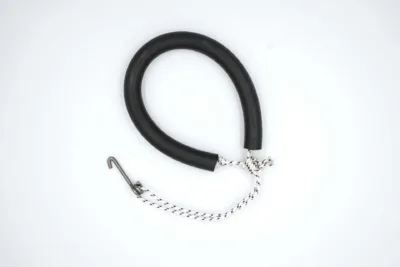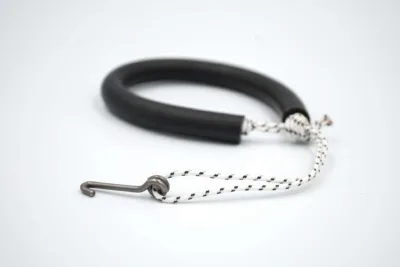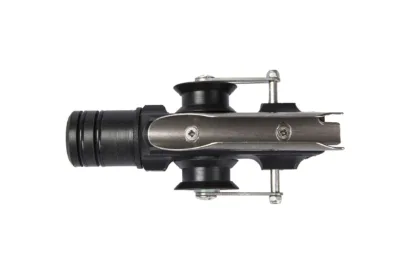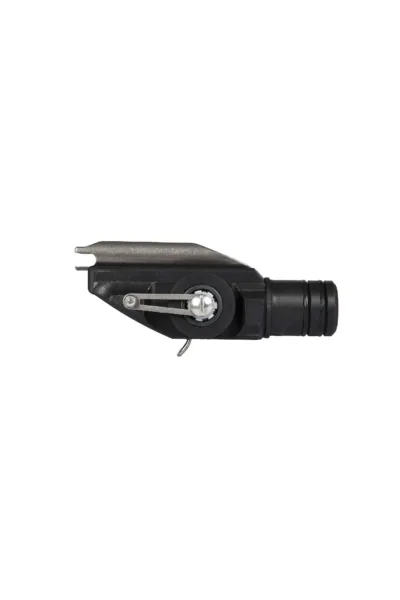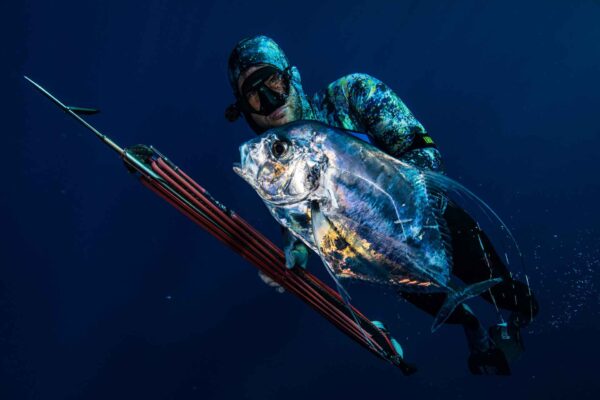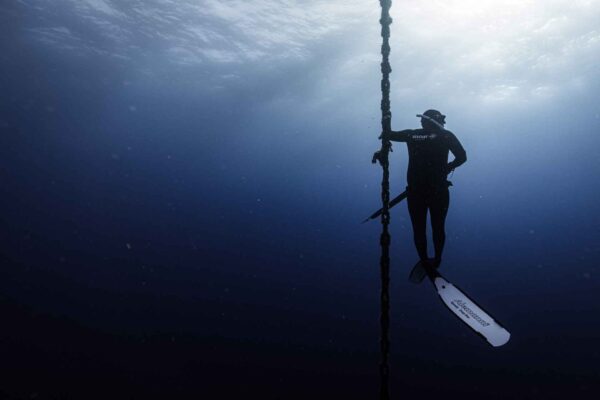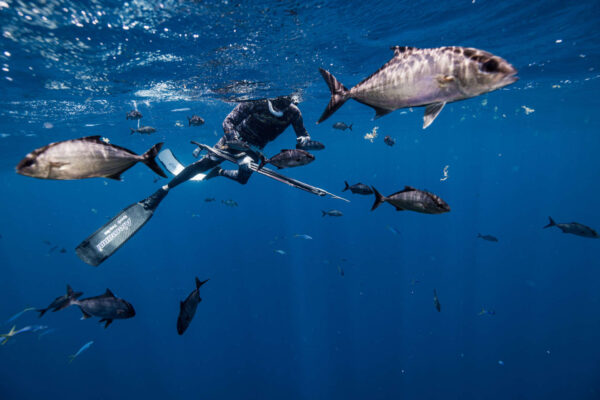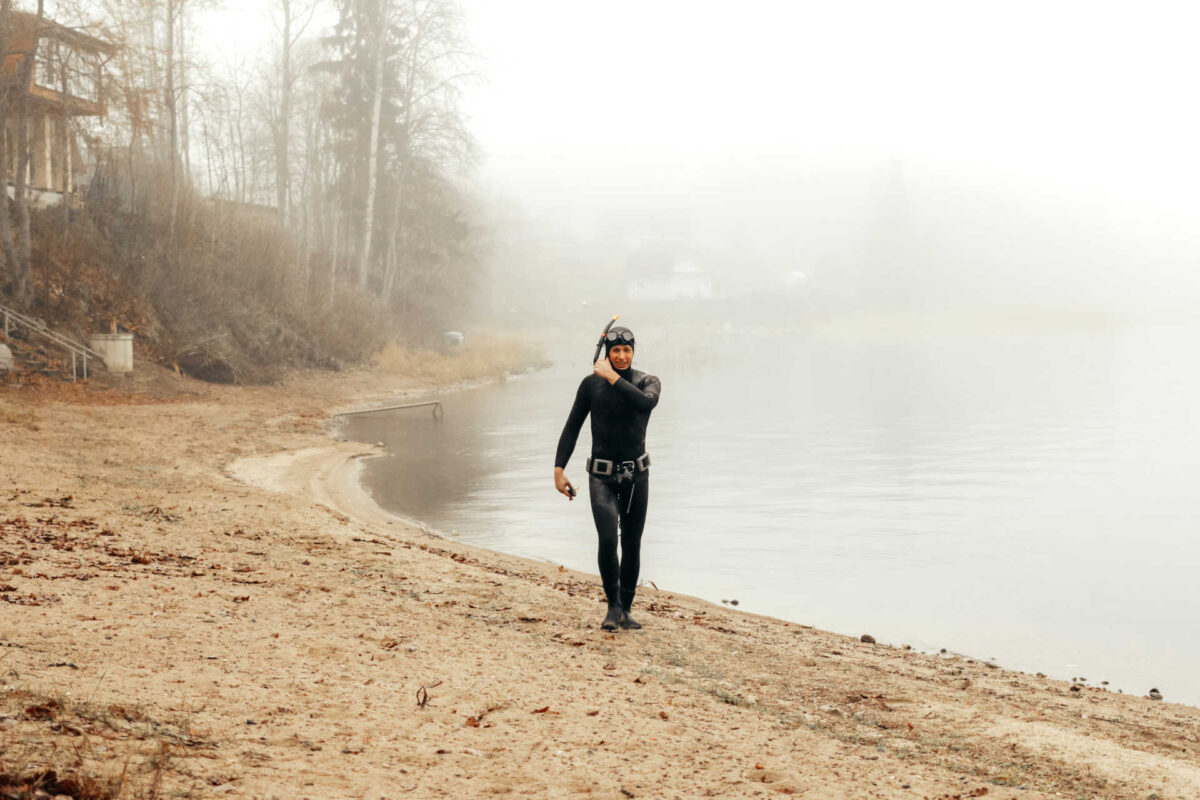Underwater fishing techniques
Winter underwater fishing: tips for protecting yourself from the cold
Winter underwater fishing: tips for protecting yourself from the cold
La underwater fishing in winter it is an experience that goes far beyond what happens in the water: freezing wetsuits, cars that become plastic changing rooms, bags full of courage and large thermoses of boiling water are old acquaintances of every scuba diver who does not let himself be frightened by the challenges of the winter season .
When fishing in winter, it is not enough to avoid infiltrations of cold water in the wetsuit: you have to know how to defend yourself from what's outside. The low temperatures, but above all the wind which can surprise the fisherman on land, are enemies not to be underestimated: a cold or sinusitis due to the cold, in fact, can mean having to spend even months away from the water.
Spearfishing in winter: heavy wetsuit, short speargun
La winter spear fishing it's not for everyone: before finding satisfaction in the winter sea you can go through various phases of discouragement, which often begin the moment you lay your eyes on your wetsuit.
The winter scenery is not the most inviting: it is cold, there is little light and not a soul is moving. And this applies both in and out of the water: there will be winter too bass season, but facing it without "coats" is not so obvious.
With the cold, the metabolism of fish slows down: they are less active, and for the most part they tend to move in the den or deeper. It is a good season for those who love it shallow bottom fishing and in slightly turbid waters, and obviously for those who prefer it den fishing. In any case, winter is the season of heavy wetsuits e short spearguns.
The temperature of the surface waters of the Mediterranean, in the coldest areas, can reach drop below 10°, so the summer wetsuit is not even remotely an option to consider. Winter spearfishing requires its own specific equipment, which is also the main weapon defense against the cold.
The diving fisherman's equipment in winter
Going fishing in winter, especially for those who live more than a few kilometers from the sea, is an undertaking that requires passion, survival instinct, adaptability and a good dose of patience, as well as iron health.
It all starts with the equipment. What shouldn't be missing in a freediver's luggage in winter?
- la move: one of the best options for winter fishing in Mediterranean waters is the 7 mm jacket and 5 mm trousers combination (you can easily reach up to 9 mm thickness). The neoprene wetsuit smooth-split it is preferable to the lined one, because it adheres better to the skin, is more insulating and dries much more quickly;
- gloves and shoes they are perhaps the thing to pay most attention to. To avoid water infiltration into the wetsuit, they must be worn without forming wrinkles and above all they must be the right size, better if a little abundant. The extremities of the body are those most exposed to the effects of the cold, and the constriction can lead to numbness and loss of sensitivity;
- le fins: Also the fins must be the right size, especially if you choose generous shoes, 3-6 mm. The risk, as with tight shoes, is that the feet become numb and lose sensitivity;
- in shorts: irreplaceable ally of upside down winter, a Bermuda short worn in abundance can be decisive in avoiding cold water infiltrations in the wetsuit;
- wool hat: there's no need to go around it, the wind is the most fearsome enemy for the diver who fishes in winter, and protecting the head is essential for avoid colds and sinusitis.
But these are just the basics. The actual exit begins long before entering the water, and it only ends once you reach the well-deserved hot shower. We must therefore face the most complicated chapter: how to reach the diving point (and return home) without catching the proverbial pneumonia.
Underwater fishing in winter: put on your wetsuit without getting cold
In the equipment of the diving fisherman in winter the car protections: it doesn't matter if you put on your wetsuit at home or get dressed once you reach the dive site, in any case the car will be called upon to manage quantities of humidity for which it is not prepared.
Plastic bags, mats and various protections are an integral part of your luggage, especially if you plan to use the car as a warm changing room before and after the dive: some manage to put on their wetsuit (wet and soapy) directly on the seats, other fishermen prefer to equip themselves with curtains and mats and take advantage of the natural roof of the rear door.
What cannot be missing, in these cases, is a good one supply of hot water and soap, which will be used both to put on the wetsuit and to take it off (and warm up) once you return to the surface. In any case, getting dressed is by far the most delicate moment of the outing, and must be planned with a certain amount of fussiness. Likewise, walking home in a wet suit without a bathrobe or “coverage” of some kind is a terrible idea, even if it involves traveling a few kilometers.


